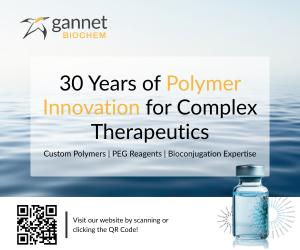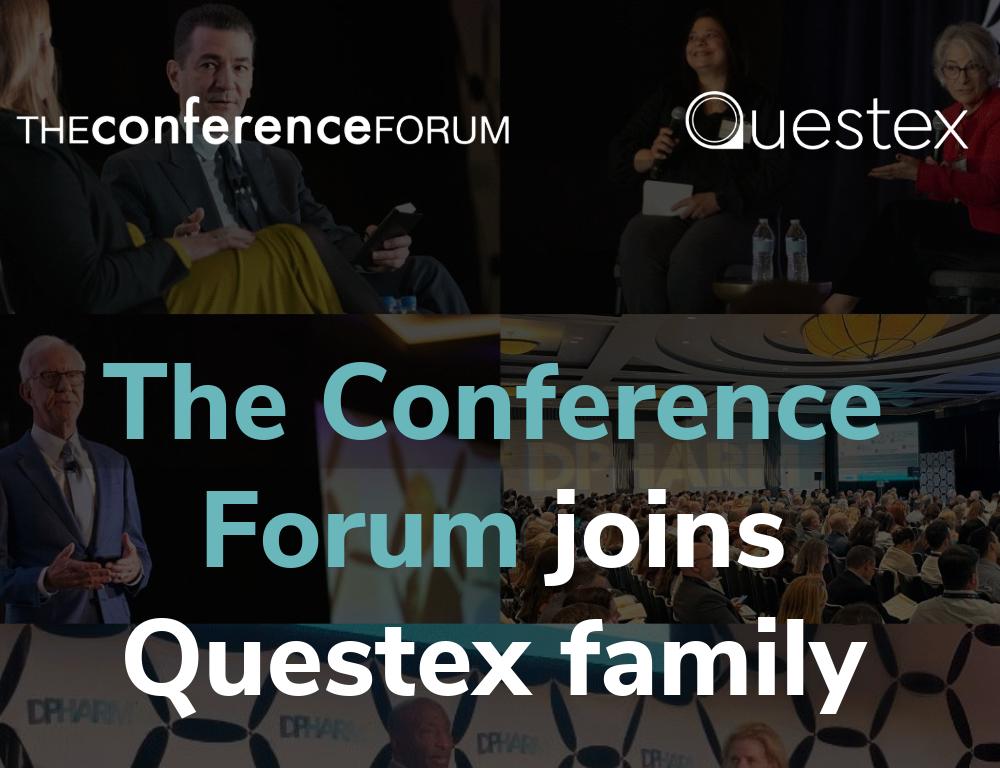Designing Digital Delivery Devices with Flexibility, Versatility and Usability in Mind
Vince Masciopinto, Customer Solutions Director at SHL Medical, discusses the guiding principles behind the design of digital delivery devices to improve user experience and support for preclinical, clinical and commercial applications.

How do we more thoughtfully approach the development of digital and connected devices?
It's really important to have a specific need in mind that you’re trying to fix. Oftentimes, developments in the digital area have been development of digital for digital’s sake. The thoughtfulness in the setup is really important because there's a cascade there into cost of goods, usability and all of these other areas. If you don’t have a very specific problem you’re trying to solve, you can end up generating a web of complexity where you were trying to simplify.
SHL has developed a suite of digital products of different tiers to offer additional levels of connectivity and digital applications. Those tiers have associated complexity and cost so it’s really about right-sizing and solving a specific need with a specific tool. As a device supplier, our goal here is to fill the toolbox with tools so we have something ready to go for all different applications.
With that in mind, can you tell us about the decisions made in the design of the Elexy device?
The guiding principles are simplicity and usability along with the flexibility to accept the widest range of capabilities. For example, springs are wonderful. We have spring-based devices that are very economical. They're very reliable, but they do have certain limitations and transitioning from a mechanical device to an electromechanical device like Elexy offers a lot of additional capability.
Within Elexy™, we've got a motor that has a wide range of capabilities to move very slowly and very fast, as well as deliver low viscosities and high viscosities. Elexy also has the architecture to accept a variety of primary containers. It can accept 1-2.25 mL prefilled syringes as well as 3-5 mL cartridges to provide an overlapping range of broad banded volumes.
The other guiding principle around simplicity is best explained by “no screens and no buttons.” Oftentimes, you'll see electromechanical systems have some kind of user interface and there is perceived simplicity. But adding those screens and buttons means there are more things to go wrong, more things to break, more things to fail and more complexities that drive additional costs that drive additional risks. The Elexy device intentionally mimics the same usability that SHL offers in its Molly® platform and Maggie® Platform to make sure we get this best-in-class user experience with additional features and capabilities.
"If you don’t have a very specific problem you’re trying to solve, you can end up generating a web of complexity where you were trying to simplify."
How do you design digital devices for both preclinical, clinical and commercial success?
Having a device with wide capabilities is paramount. We can deliver a wide range of drug substances and bury that complexity into a very elegant solution. The RFID communication between the disposable component and the reusable component was our way of solving that issue. While you have a wide range of capabilities, at the point of application it’s very simple. You load in the cassette and the device takes care of the complexity while keeping it invisible to the user.
How do you add value to users to justify digital devices?
One of the things that you'll see with SHL is all of our digital solutions are add-ons to existing solutions that are incredibly successful and viable. An example of that would be our Molly® Connected Cap, which is an add-on to the existing Molly platform. What we want to avoid is establishing a purely digital product that is not adoptable in the absence of the digital tie-in. We want to make sure that those digital aspects enhance or add value for specific usability of a system that does not necessarily have to be digital.
Elexy is a great example of a system that can be run without any digital aspects at all. When you then make decisions about what you want to add to it, you need to be very intentional about what you’re adding and why and what those capabilities could be. One example could be a training app that walks users through the necessary steps as a digital IFU (instructions for use). Once it’s paired it tells you the next step, like removing the cap, and once those steps are completed it automatically guides the user to the next step, like preparing the injection site, etc, to better ensure the patient is administering the drug correctly. Again, the product is capable without it and these things we’re adding are intentional and specific to add value. We need to make sure we’re only adding the things that really make sense to solve specific problems.
"Seeing digital technologies being used in these smaller scale approaches encourages expansion down the road to more large-scale applications."
How do you balance sustainability when developing digital devices?
Sustainability needs to be foundational to each device. Similar to the way that not every device will work with every drug, there is no one-size-fits-all solution to sustainability. You have to think about this holistically in terms of the treatment, the patient and usability. When we look at Elexy and its impact on sustainability, we think that it is an incredibly sustainable solution for chronic conditions. The reusable component gets many uses and the more uses you get out of it the more sustainable it will be.
Are there specific use cases that you're thinking about when it comes to Elexy?
The first bucket would be for use in areas where springs struggle. A good example would be a specific profiled injection: spring is going to have one thing locked in while a motor has the ability to perform in a variety of applications. In addition to that, the viscosity of non-Newtonian fluids requires a different profile than a spring is capable of performing
The second bucket would be for chronic conditions that require many injections or that require different containers. For example, if you have a loading dose that requires a very high volume and then a maintenance dose that's a very low volume, you may need multiple devices. Elexy has the ability to accommodate those different doses in a single device while offering simplicity.
The other interesting application that I've gotten a tremendous amount of feedback from while I was at PODD was as a preclinical research application. If you wanted to understand the impacts of injection parameters on either your drug or your patients or your specific application in a preclinical mode, Elexy gives you a lot of flexibility to change things very easily and simply. For instance, you could run a design of experiments in which you inject very slowly, inject very fast, vary your injection depth, and then understand what the impacts are in terms of the integrity of your molecule, or pain and tolerability of your users, or really any impacts of the injection.
"If we can prove to patients that this will improve their lives, we will have better personalized outcomes for each individual."
How should companies leverage the data collected on digital devices?
You need to be really intentional about the data you’re trying to amass. It’s easy to be overwhelmed by digital applications and the last thing you want to do is slow down processes. You want to avoid being overwhelmed by the amount of data you collect in a study when trying to translate it from data to information.
A good use case for a device like Elexy would be to manage the different arms of your study with the RFID disposable drug units to automatically blind your study and use the digital aspects to make sure the exact same injection parameters are used across the different study arms. You can then output data in a really structured way to get maximum information while also maximizing the speed of the study.
Where do you see the digital health and smart device space evolving over the next decade?
There seems to be significant traction lately on applications specific to clinical trials. Seeing digital technologies being used in these smaller scale approaches encourages expansion down the road to more large-scale applications.
What do you see as the ideal state of digital device technologies in the delivery space and what obstacles will we need to overcome as an industry along the way?
Digital has so many potential applications that you can run into the situation where you attempt to boil the ocean, and you end up not having any traction. Digital devices allow you to scale in a way that isn’t possible for other applications.
The ideal solution would be hyper-personalized treatment for the individual to achieve better outcomes with a more personal touch. Some folks are fearful of some of these digital technologies and what it could do to their privacy while others are embracing newer technologies. But if we can prove to patients that this will improve their lives, we will have better personalized outcomes for each individual.










